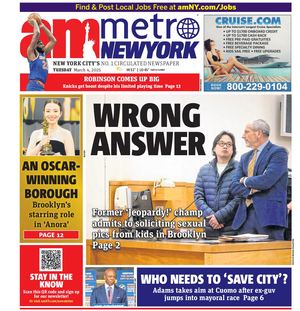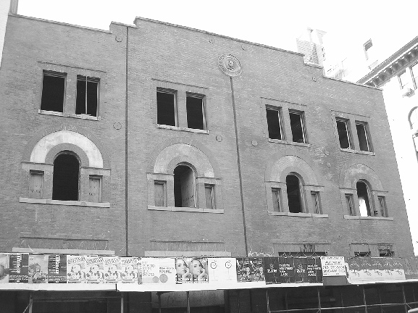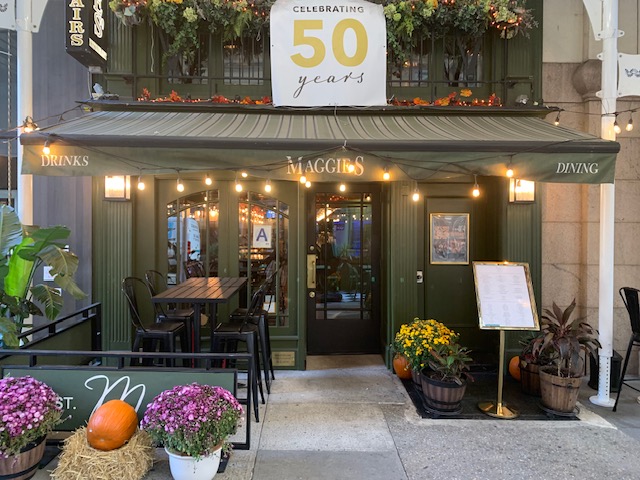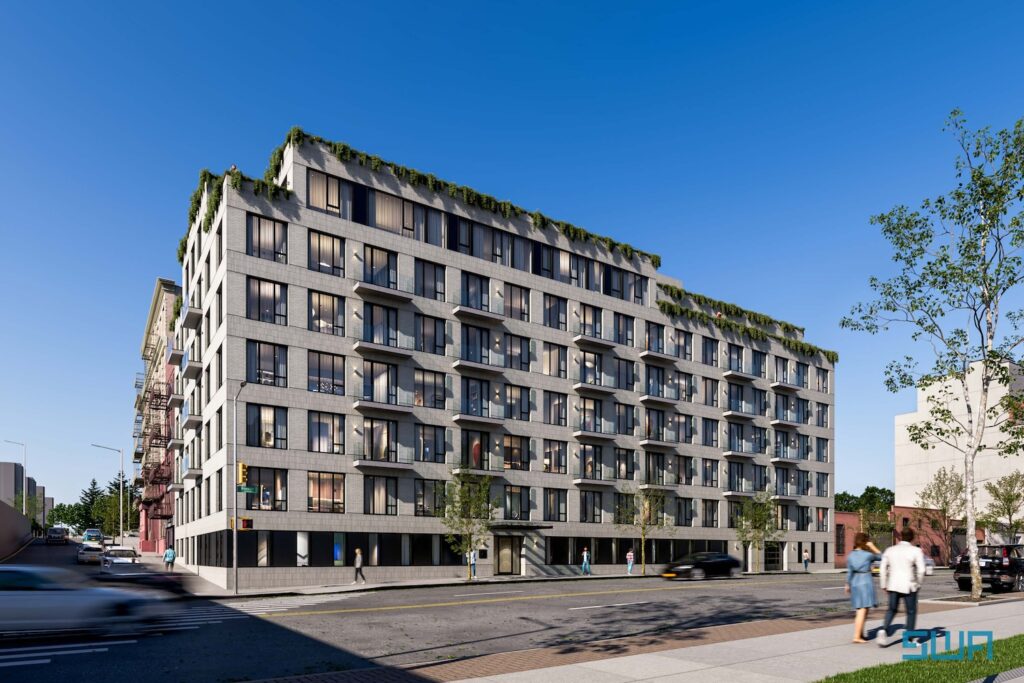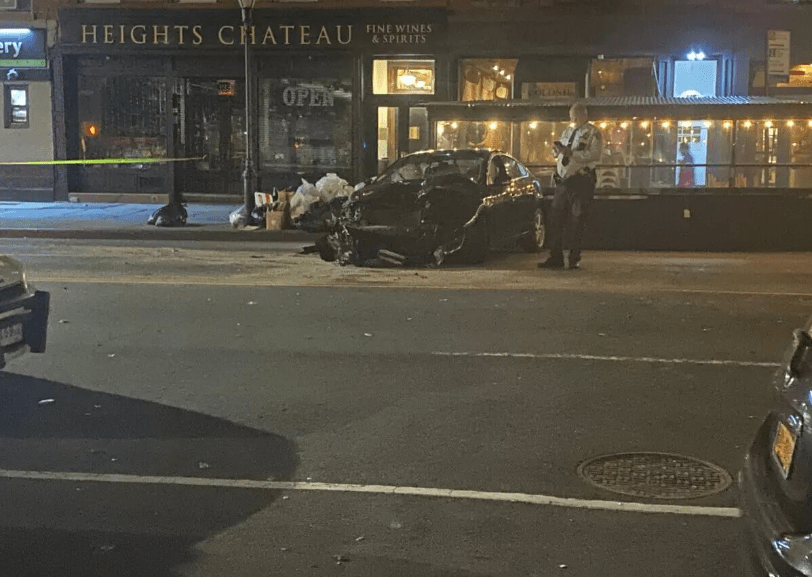By Skye H. McFarlane
Wheeling his black bike around desks made from boards and old filing cabinets, Peter Moore hardly fits the image of a Manhattan real estate developer. A Columbia graduate but quintesssential "downtowner," Moore says that even after 15 years as a principle developer, he still views the city through the eyes of an architect.
"A lot of new construction is not worthy of what has come in the past," Moore, 48, said this week while discussing the redevelopment of Lower Manhattan from his Canal St. office. "Hiring a brand-name architect does not always equal good urbanism. A lot of the buildings going up are not right for the neighborhoods. They are out of context, too large."
Moore’s belief in urban planning, as well as his passion for the past, make him an ardent supporter of the need for the city’s Landmarks Preservation Commission, in spite of the fact that his current project — the restoration and residential conversion of 157 Hudson St. — has had to undergo intense scrutiny to gain Landmarks approval.
Built in 1866 and expanded in 1898, 157 Hudson St. originally housed the stables of the American Express Company, back when Amex made its money by delivering packages and telegraphs via stagecoach. More recently, the lofty three-story warehouse was home to a series of controversial nightclubs, including Area, Headley and Vinyl, which was the site of a few shootings. The nightclub era ended when Moore bought the building for $18 million in 2004.
Moore had previously forced the closing of two other clubs, including Wetlands at 161 Hudson, when he bought their buildings for restoration.
“That makes me three-for-three on the closing down of nightclubs, which makes me a hero to some and a persona non grata to others,” Moore said, adding that he is not opposed to nightclubs in general; he simply felt that the nightlife in the north Tribeca district had lost its “creative edge,” becoming plagued with violence and drug use.
By 2004, Moore had been eyeing the 157 Hudson property for some time. For much of the past decade, he has been renovating other buildings on the same North Tribeca Historic District block, which is bounded by Laight, Collister, Hubert and Hudson Sts. Taking on the expansive red brickwork of 157 Hudson seemed to be a logical next step.
“It’s an interesting piece of old Tribeca, a memorable building and a building I’m very fond of,” Moore said. “After renovating the other buildings on the block, it seemed like destiny to take a stab at this last piece of the puzzle…Of all the buildings on the block, this one has been the most challenging, the most ambitious and ultimately, the most satisfying.”
In addition to the challenge of restoring an ailing brick façade, Moore had to find a way to make his venture profitable. To make the site solvent as a residential building, he decided he would have to put on a three-story rooftop addition. The addition required approval from the Landmarks Commission, a process that took two years and many long meetings. Though many details were discussed, Landmarks’ main requirement was that the addition not be visible from the street or the nearby entrance to the Holland tunnel.
“H.D.C. is opposed to the three-story rooftop addition, particularly on the Hudson St. facade,” said a representative from the Historic Districts Council at a Landmarks meeting in 2004. “Once the leaves from the trees have fallen, there will be nothing masking its presence.”
To comply, Moore scaled down to a two-story addition and agreed to set the penthouse farther back from the street. Calling the project a labor of love, Moore declined to say how much money the changes would cost him.
“Landmarks, god bless them,” Moore said with a chuckle as he recalled the debates. “The discussions with Landmarks were very productive. It’s a better building because of the dialogue.”
Community Board 1’s Tribeca Committee recommended on Oct. 5 that City Planning approve the final design for the interior when the agency takes up the matter this spring. As drawn up now, the building would have 17 units, all lofts, with an average size of 3,000 square feet. The warehouse’s wooden joists, made of pine that dates back to 1898, are being revived and reused as flooring. Numerous objects found during the renovation process, including historic signs, stonework and piping, will be incorporated into the building’s interior artwork, allowing residents to enjoy what Moore calls “fragments of old New York.”
The addition would consist of a fourth story of arched brickwork and a fifth story penthouse with a glass cube exterior. Because the addition will be set back from the street, the rooftop would also offer an 8,000 square foot garden. Beneath the street there would be a nine-car, residents-only parking garage.
If City Planning doesn’t send him back to the drawing board, Moore hopes to complete the project by next fall. But if for some reason a problem arises, Moore plans to take it stride. He said that he doesn’t resent the meticulous city approval process for historic buildings; he just wishes that construction projects in non-landmark districts were put under the same microscope.
“It’s important to see historic buildings restored properly,” Moore said. “But the fact is that a 30-story building on Third Ave. is ultimately going to have more impact than my little building on Hudson St. We should hold them to a higher standard.”
Skye@DowntownExpress.com
